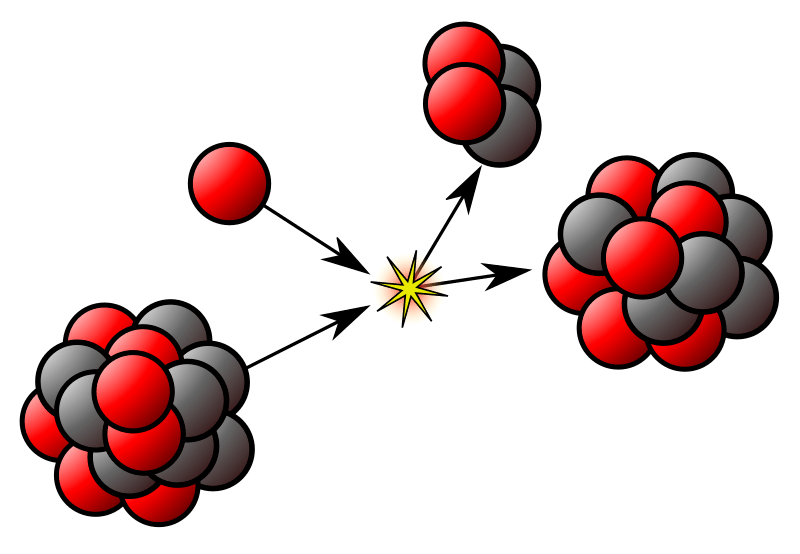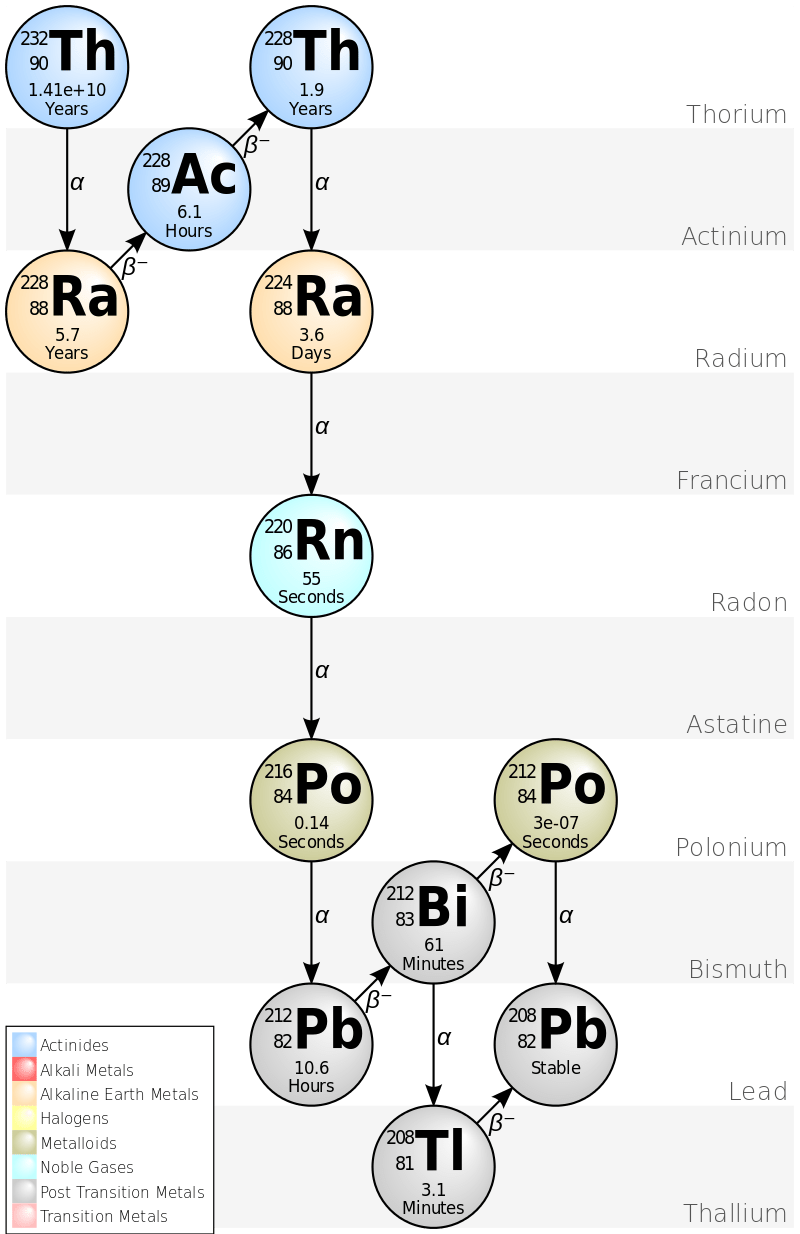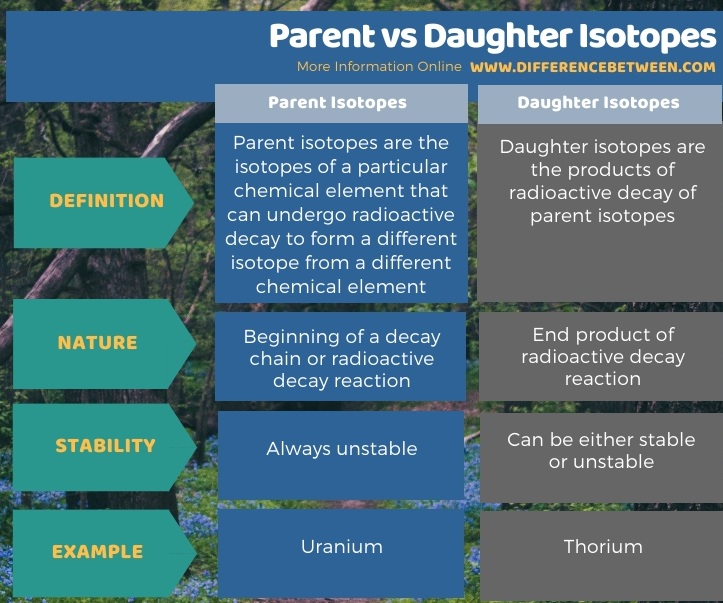Difference Between Parent and Daughter Isotopes
Table of Contents
The key difference between parent and daughter isotopes is that a parent isotope undergoes radioactive decay to form a daughter isotope.
The terms parent and daughter isotopes come under the category of isotopes of chemical elements. Isotopes are different forms of a single chemical element. Therefore, isotopes have the same atomic number but different mass numbers because they differ from each other according to the number of neutrons present in their atomic nuclei. Among the isotopes of a chemical element, some or all of the isotopes are radioactive. They undergo radioactive decay to form different chemical elements.
CONTENTS
1. Overview and Key Difference
2. What are Parent Isotopes
3. What are Daughter Isotopes
4. Side by Side Comparison – Parent vs Daughter Isotopes in Tabular Form
5. Summary
What are Parent Isotopes?
Parent isotopes are the isotopes of a particular chemical element that can undergo radioactive decay to form a different isotope from a different chemical element. During this radioactive decay, these isotopes release decay particles such as alpha, beta and gamma rays. A parent isotope is the beginning of a decay chain. A decay chain is a series of radioactive decaying reactions that takes place starting from a single isotope (the parent isotope).

Figure 01: Radioactive Decay
An example of a parent isotope is Uranium. It can undergo radioactive decay to form thorium via alpha decay. The time taken by a parent isotope to decay into a daughter isotope can vary from one isotope to another; sometimes the nature of the parent isotope determines the time and sometimes the nature of the daughter isotope formed from decay process determines the time.
What are Daughter Isotopes?
Daughter isotopes are the products of radioactive decay of parent isotopes. Sometimes reactions give stable daughter isotopes, but most of the times they are unstable and radioactive, which leads to the progression of decay chains. Moreover, daughter isotopes undergo radioactive decay to form daughter isotopes of their own. These are called as granddaughter isotopes (daughter isotopes of the daughter isotopes).

Figure 02: A Decay Chain
For example, thorium is a daughter isotope that forms from the radioactive decay of uranium. Some other terms that we can use to name daughter isotopes are daughter product, decay product, daughter nuclide, radio-daughter, etc.
What is the Difference Between Parent and Daughter Isotopes?
The terms parent and daughter isotopes come under the category of isotopes of chemical elements. Isotopes are different forms of a single chemical element. Most isotopes are radioactive. The key difference between parent and daughter isotopes is that a parent isotope undergoes radioactive decay to form a daughter isotope. An example of a parent isotope is Uranium. It can undergo alpha decay and form thorium. Therefore, thorium is the daughter isotope of this reaction. Thorium can undergo further decay, which leads to a decay chain.
Most of the times, daughter isotopes are unstable and undergo further decay. But, sometimes they are stable products. However, the parent isotopes are always unstable isotopes. Furthermore, it is also important to note that the daughter isotope is always a different chemical element than the parent isotope.
The below infographic summarizes the difference between parent and daughter isotopes.

Summary – Parent vs Daughter Isotopes
The terms parent and daughter isotopes come under the category of isotopes of chemical elements. Isotopes are different forms of a single chemical element. Most isotopes are radioactive. Parent isotopes are the isotopes of a particular chemical element that can undergo radioactive decay to form a different isotope from a different chemical element. Daughter isotopes, on the other hand, are the products of radioactive decay of parent isotopes. So, this is the key difference between parent and daughter isotopes.
Reference:
1. Helmenstine, Anne Marie. “Daughter Isotope Definition – Chemistry Glossary.” ThoughtCo, Jan. 12, 2020, Available here.
Image Courtesy:
1. “NuclearReaction” By Kjerish – Own work (CC BY-SA 4.0) via Commons Wikimedia
2. “Decay Chain Thorium” By BatesIsBack– (CC BY-SA 3.0) via Commons Wikimedia
ncG1vNJzZmivp6x7pbXFn5yrnZ6YsqOx07CcnqZemLyue8OinZ%2Bdopq7pLGMm5ytr5Wau268wKucp6xdlrulecOarKCgpJq%2FbrXSqKuoqJWofA%3D%3D